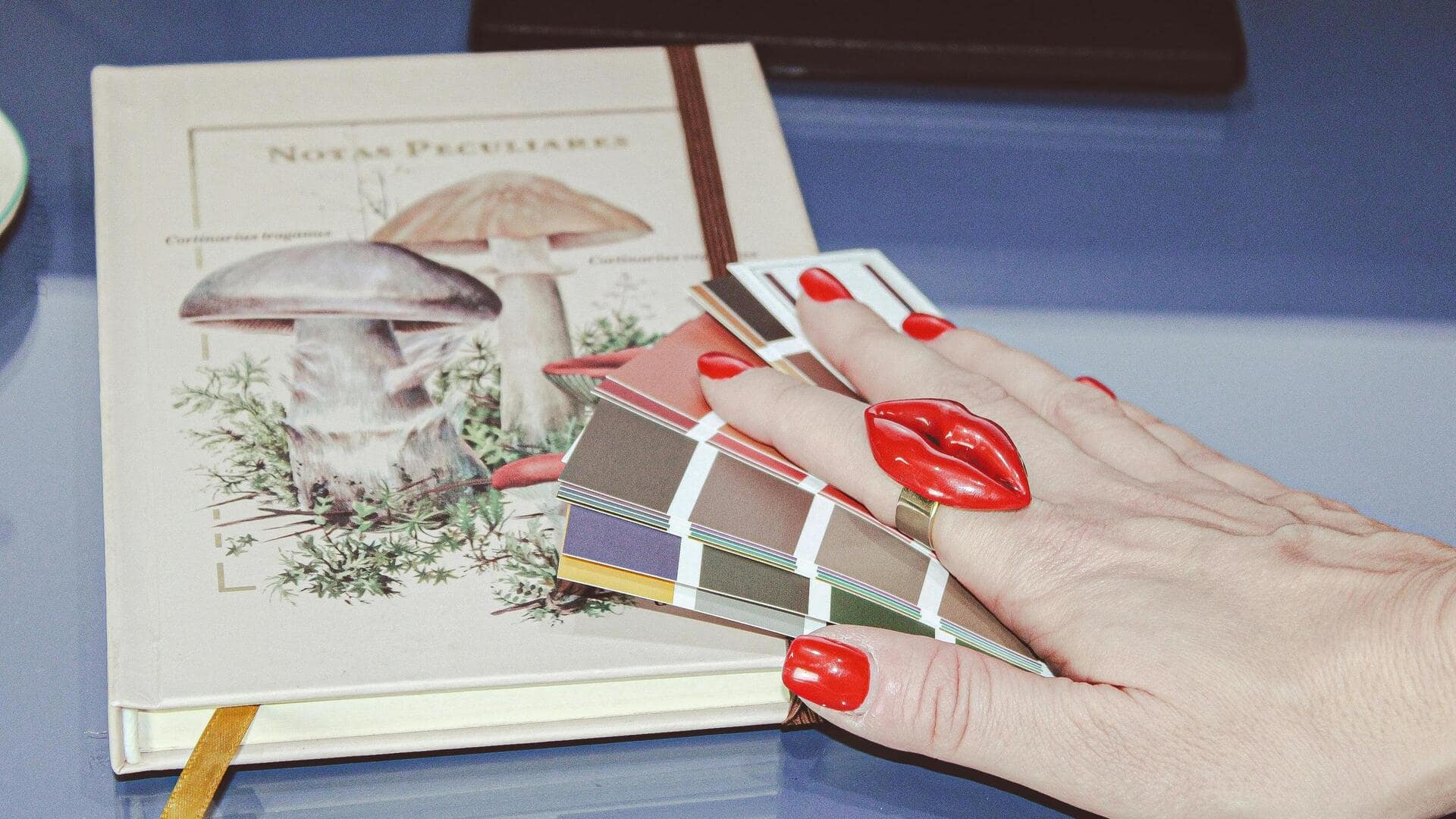
Guided imagery can help you relax and reset your mind
What's the story
Guided imagery is a powerful relaxation technique that involves visualizing peaceful scenes or experiences to reduce stress and promote calmness. It is a simple yet effective way to manage anxiety and improve mental well-being. By focusing on positive images, individuals can create a mental escape from daily pressures. Here are five practical tips to help you practice guided imagery effectively, enhancing your relaxation experience.
Tip 1
Choose a peaceful setting
Selecting a peaceful setting is key to effective guided imagery. Think of places where you feel safe and relaxed, like a quiet beach or a serene forest. The more detailed your visualization, the better. Imagine the sights, sounds, and smells of this place to make it as real as possible in your mind. This helps in diverting attention from stressors and into tranquility.
Tip 2
Use all your senses
Engaging all your senses can make guided imagery even more powerful. While visualizing, don't just focus on what you see; also pay attention to sounds, smells, textures, and tastes associated with the scene. For example, if you're imagining lying on a beach, feel the warmth of the sun on your skin or hear waves crashing gently against the shore.
Tip 3
Practice regularly
Consistency is key when it comes to reaping the benefits of guided imagery. Make it a point to practice regularly, be it daily or a few times a week, depending on your schedule. With regular practice, you can train your mind to enter a relaxed state more easily over time. Even short sessions can be beneficial if done consistently.
Tip 4
Create a comfortable environment
Setting up an environment conducive to relaxation can greatly enhance your guided imagery experience. Find a quiet space where you won't be disturbed during your session. Consider dimming lights or playing soft music in the background if it helps you relax further. Comfort is key; wear loose clothing and sit or lie down in a position that feels good.
Tip 5
Focus on breathing techniques
Incorporating breathing techniques into guided imagery can deepen relaxation effects significantly. Start by taking slow, deep breaths; inhale deeply through your nose, then exhale slowly through your mouth. Concentrate on your breath as you visualize your peaceful scene, allowing yourself to become more immersed in the process. This way, you can achieve a greater sense of calm and well-being.